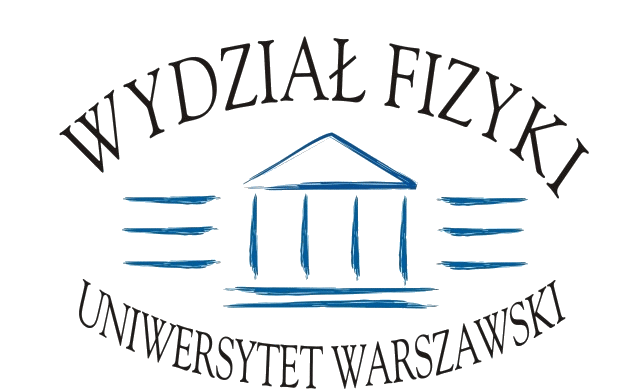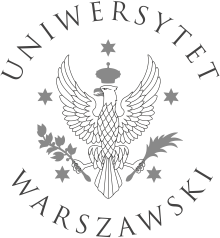Leopold Infeld Colloquium
2006/2007 | 2007/2008 | 2008/2009 | 2009/2010 | 2010/2011 | 2011/2012 | 2012/2013 | 2013/2014 | 2014/2015 | 2015/2016 | 2016/2017 | 2017/2018
2010-03-11 (Thursday)
prof. dr hab. Edward Malec (Uniwersytet Jagielloński)
General Relativistic versus Newtonian: a universality in radiation hydrodynamics
We compare Newtonian and general relativistic descriptions of thestationary accretion of selfgravitating fluids onto compact bodies.Spherical symmetry and thin gas approximation are assumed. Luminositydepends, amongst other factors, on the temperature and thecontribution of gas to the total mass, in both -- general relativistic($L_{GR}$) and Newtonian ($L_N$) -- models. We discover a remarkableuniversal behaviour for supersonic flows: the ratio of respectiveluminosities $L_{GR}/L_N$ is independent of the fractional mass of thegas and depends on asymptotic temperature. It is close to 1 in theregime of low asymptotic temperatures and can grow by one order for hightemperatures. These conclusions are valid for a wide range of polytropicequations of state.
2010-02-25 (Thursday)
dr Rafał Demkowicz-Dobrzański (IFT UW)
Estimation and naughty quantum states - why it is so hard to make them cooperate?
Quantum states offer broader possibilities for performing precisemeasurements of time, length or direction, then classical methods. Inorder to benefit from this potential one needs to overcome variousdifficulties such as non-perfect distinguishability of non-orthogonalquantum states and their susceptibility to decoherence.Once this difficulties are overcome, quantum states offer betterprecision than that offered by classical methods.
2010-01-21 (Thursday)
prof. Catherine Meusburger (Department of Mathematics, University of Hamburg)
Observables and geometry in (2+1)-gravity
Gravity in 2+1 dimensions serves as a toy model for higher dimensional (quantum) gravity. The theory is closely related toChern-Simons gauge theory and allows for an explicit parametrisation of its phase space and rigorous quantisation. We discuss the relation between spacetime geometry and the observables of the theory. In particular, we show that Wilson loop observables act as the generators of the two fundamental transformations that change the geometry of spacetimes.






